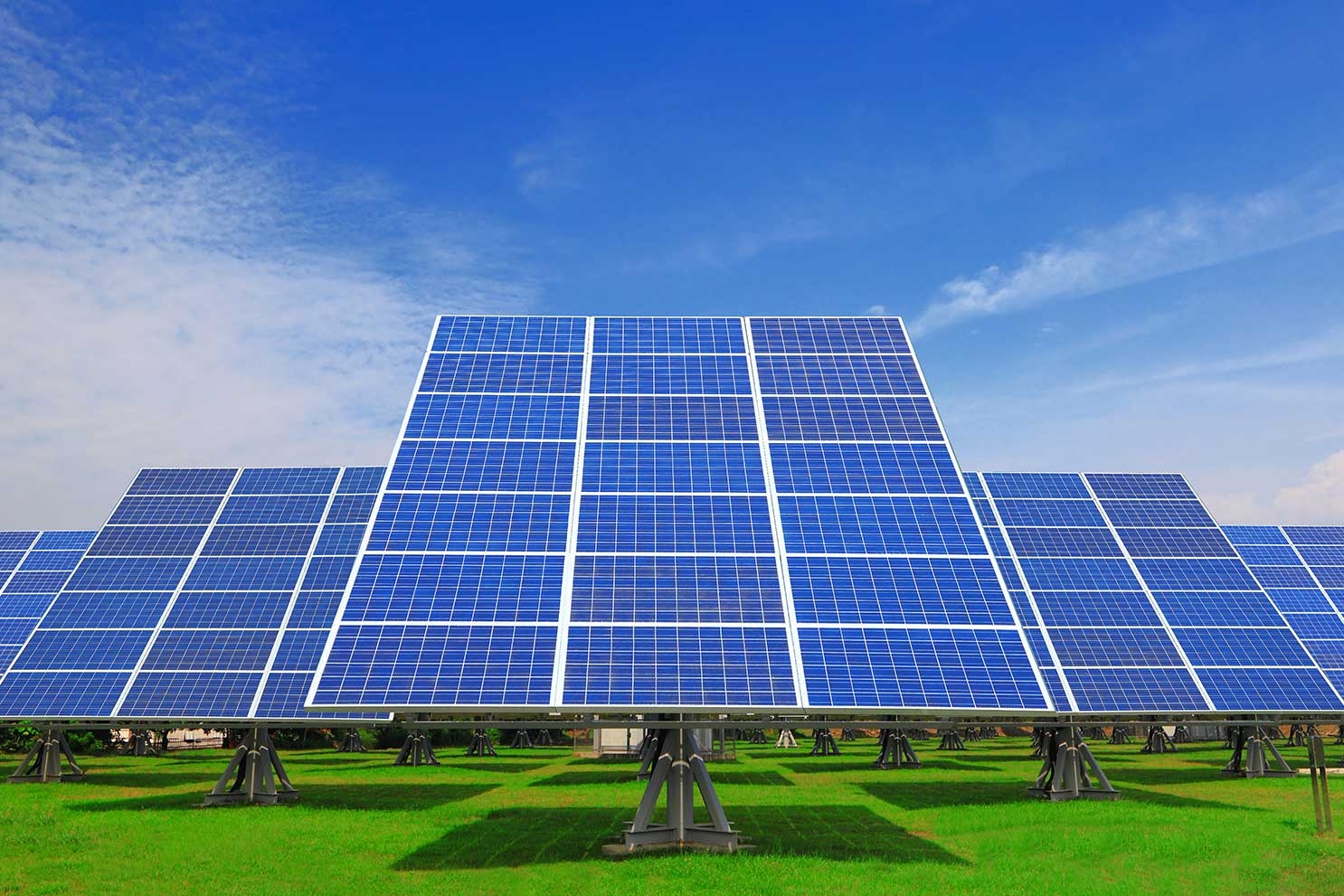Spain changes electricity prices with renewable energy

A recent report published by Ember has revealed that Spain's energy transition since 2019 has become a model success story across Europe. Strong growth in solar and wind capacity has virtually eliminated the impact of expensive natural gas and coal plants on electricity prices. The country's wholesale electricity price is projected to fall 32 percent below the European average by the first half of 2025, while sensitivity to gas prices has fallen by a quarter compared to 2019.
Prices in Spain are much lower than the European average.
Spain, one of Europe's most expensive electricity markets in 2019, has transformed into one of the cheapest in just six years. According to the report, Spain's wholesale electricity price will reach €62 per megawatt-hour in the first half of 2025, 32 percent below the European average.
The price drop was primarily driven by the country's rapidly increasing investments in solar and wind energy. While 75% of electricity prices in the first half of 2019 were tied to natural gas costs, this figure fell to just 19% by 2025. During this period, Spain reduced its fossil fuel dependence much faster than gas-heavy countries like Germany, Italy, the Netherlands, and the United Kingdom.
Between 2019 and 2025 alone, the country added 40 gigawatts of new solar and wind capacity. This saw the share of renewables in total electricity generation rise from 27% to 46%. August 2025 marked the first month in Spain without coal-fired electricity generation. This represents a historic turning point for a country where coal accounted for a quarter of its production a decade ago.
FOSSIL IMPORTS DECREASED, ENERGY COSTS BALANCED
The rapid rise of wind and solar has radically changed not only prices but also energy imports. Between 2020 and 2024, Spain prevented the import of 26 billion cubic meters of natural gas thanks to newly installed renewable energy plants. The financial equivalent of this amount reached €13.5 billion, approximately five times the country's investment in transmission infrastructure over five years.
According to the Central Bank's calculations, if wind and solar generation had remained at 2019 levels, wholesale electricity prices would have been 40 percent higher in 2024. This data clearly demonstrates that the increase in renewables has provided price stability in the energy market.
Spain also became the least fossil fuel-dependent major economy in Europe. Only 20% of the country's electricity generation came from fossil fuels in the first half of 2025. During the same period, this figure was 41% in Germany, 43% in Italy, 48% in the Netherlands, and 32% in the United Kingdom.
COSTS INCREASED AFTER THE CUT
The April 2025 Iberian blackout exposed the weak link in the energy transition: grid stability. Since then, Spain's transmission operator has commissioned more natural gas power plants for technical services such as voltage control and frequency management.
This led to a rapid increase in renewable generation curtailment. Renewable energy curtailments, which stood at 1.8 percent in 2023 and 2024, rose to 7.2 percent in the May–July 2025 period. During the same period, the amount of gas used for grid balancing services doubled.
ACCELERATING TARGET IN BATTERY AND NETWORK INVESTMENTS
Despite being Europe's fourth-largest electricity market, Spain ranks only 13th in battery storage capacity. The country's current battery capacity is only 120 megawatts, which is insufficient for its high share of wind and solar power.
In the second half of 2025, the government announced a series of post-interruption reform packages. These regulations aim to ensure renewables play an active role in grid services and the rapid deployment of clean flexibility solutions. With the new rules, solar and wind installations can now provide voltage control.
Additionally, eight new synchronous compensators are planned to be installed across the country. These devices are expected to cost a total of €750 million but generate annual savings of €200 million. Among the plans announced by the government is an investment in a 2,600-megawatt battery, of which a capacity of 340 megawatts has been authorized.
Spain is also strengthening its electricity connections with neighboring countries through the Bay of Biscay interconnector project, financed by the European Investment Bank. The completion of these steps is expected to strengthen the country's ability to maintain grid flexibility without resorting to fossil fuels.
petroturk





